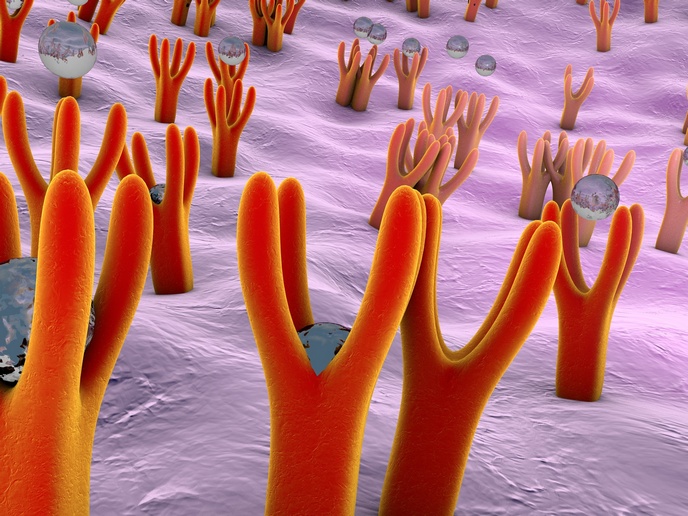Predicting atherosclerosis onset
Atherosclerosis, the deposition of fatty and fibrous material on the artery walls, remains asymptomatic for many years. Symptomatic atherosclerotic disease is usually advanced, resulting in cardiovascular disease. Currently there are no early markers of atherosclerosis available for routine clinical practice. The EU-funded COMBI-BIO(opens in new window) (Development of combinatorial biomarkers for subclinical atherosclerosis) project addressed an urgent clinical need for prediction and early diagnostics of this disease. World-leading experts in cardiology, biostatistics, bioinformatics, metabolic phenotyping and cardiovascular disease from four European countries and USA participated in this two-year project. Researchers assessed the small molecule metabolite composition in human blood serum to search for biomarkers of sub-clinical atherosclerosis. COMBI-BIO used existing epidemiological cohorts in UK, the Netherlands and USA to analyse a total of 8 000 serum samples. For each patient, assessment included two measures of pre-symptomatic arterial disease – coronary artery calcification (CAC) and intima-media thickness (IMT). Other relevant data such as age, gender, ethnicity, smoking, blood pressure, LDL and HDL cholesterol, drug treatment for high blood pressure or lipids, and history of diabetes, were also used in this study. A combination of proton nuclear magnetic resonance (NMR) spectroscopy and ultra-performance-liquid-chromatography (UPLC) linked to mass spectrometry (MS) was used for metabolic phenotyping. A variety of methods including multivariate chemometric data analysis, correlations with genome-wide association study (GWAS) data and a range of experimental techniques were used to help characterise the newly discovered metabolic signals and hence help identify unknown metabolites. The resulting data represent one of the largest coherent sets of metabolic phenotyping data ever accumulated. Analysis revealed that many metabolic biomarkers were significantly associated with CAC and IMT and were linked to the established risk factors for heart disease. The spectroscopic profiles of approximately 300 serum samples from people who later had a myocardial infarction or stroke were included in the study. Using a dual-pronged approach involving both discovery and validation, as well as using both NMR and MS approaches, COMBI-BIO analysed metabolic biomarkers of subclinical atherosclerosis. Study outcomes have potential for new insight into disease pathways, advancing clinical possibilities for early identification of atherosclerosis as well as intervention.







